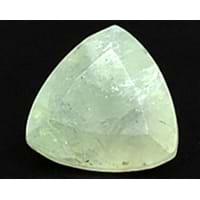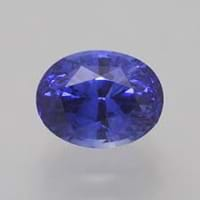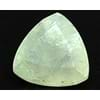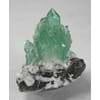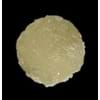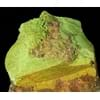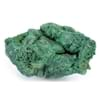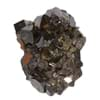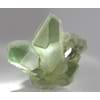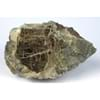Austinite Vs Blue John
Color
Colorless, White, Green, White, Green, Brown, Colorless, Green, White, White
White, Colorless, Blue, Red, Green, Yellow, Violet
Streak
White
Not Available
For which Rashi?
Not Available
Not Available
Planet
Not Available
Not Available
Element of Planets
Not Available
Not Available
Finger
Not Available
Not Available
Ring Metal
Not Available
Not Available
Energy
Not Available
Not Available
Deities
Not Available
Not Available
Not to wear with
Not Available
Not Available
Powers
Not Available
Not Available
Planetary
Not Available
Not Available
Talisman
Not Available
Not Available
Tenacity
Brittle
Not Available
Solubility
Easily soluble in cold dilute HCl
Not Available
Durability
Not Available
Not Available
Specific Gravity
4.12
3.00-3.25
Fracture
Brittle, Uneven, Brittle, Uneven
Not Available
Cleavage
Good in two directions parallel to the prism faces {110}
Not Available
Mohs Hardness
4-4.5
Not Available
Chemical Composition
CaZn(AsO4)(OH)
CaF 2Michael OâDonoghue , Gems, Sixth Edition (2006)
Luster
Subadamantine, Silky, Fibrous
Not Available
Pleochroism
Not Available
Not Available
Dispersion
Not Available
Not Available
Transparency
Not Available
Transparent
Refractive Index
1.759
1.432-1.436
Optic Character
Not Available
Not Available
Crystal System
Orthorhombic
Not Available
Birefringence
0.024
Not Available
Clarity
Not Available
Transparent
Neurological
Not Available
Not Available
Cardiovascular
Not Available
Not Available
Respiratory
Not Available
Not Available
Reproductive
Not Available
Not Available
Digestive
Not Available
Not Available
Psychology
Not Available
Not Available
Healing
Not Available
Not Available
Qualities Associated
Not Available
Not Available
Austinite Vs Blue John Fracture
Fracture is an important parameter when you compare Austinite and Blue John Physical Properties. It is necessary to understand the significance of these properties, before you compare Austinite Vs Blue John fracture. Whenever a gemstone chip breaks, it leaves a characteristic line along its breakage. Such lines are known as fracture and are used to identify the gemstones in their initial stages of production when they are in the form of rough minerals. Fracture is usually described with the terms “fibrous” and “splintery” to denote a fracture that usually leaves elongated and sharp edges. Fracture observed in Austinite is Brittle, Brittle, Uneven and Uneven.
Austinite Vs Blue John Luster
A primary knowledge about Austinite vs Blue John luster is useful in apparent identifications of these gemstones. Luster is the measure of light that gets reflected when incident on a finished cut gemstone. There are two major types of lusters: Silky and Adamantine. Since luster varies between two crystals of even the same gemstone, luster is limited to basic identification criteria. Austinite exhibits Fibrous, Silky and Subadamantine luster.
